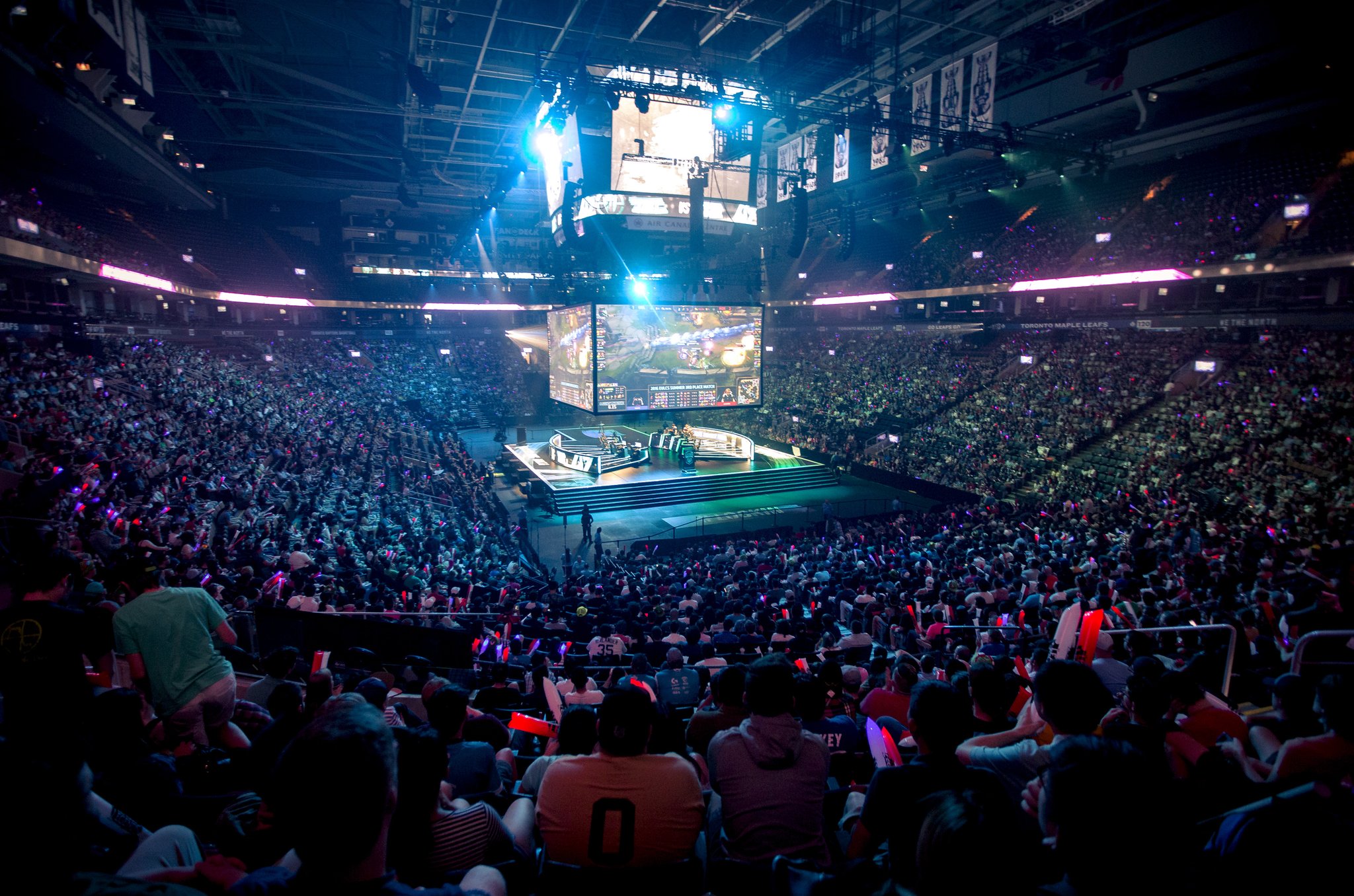Esports, or professional competitive video gaming, has surged in popularity in the past few years, inspired by images of Korean arenas packed with thousands of fans cheering for teenagers playing video games in front of computer screens, creating the same atmosphere you would find at a traditional sporting event.
As esports continue to grow, more personalities and companies are jumping in to get their piece of the pie as market researchers expect the industry to grow to $1.1 billion by 2019.That’s probably why the likes of Shaquille O’Neal, Mark Cuban, Samsung, HTC, Monster Energy and many European Top Football teams now have vested interest in eSports.
Traditional media companies, from TV Networks (like AMC, Turner or Sky) to talent agencies (like WME) are entering the eSports arena to have access to a large and very engaged audience that no longer watches TV or consume other forms of traditional media. However, this doesn’t mean that Millennials will suddenly start watching traditional linear TV. Instead, traditional media companies (their brands) that carry eSports events become relevant to these audiences whatever the medium.
beActive has been working with Portuguese public broadcaster RTP producing live Web streams of eSports events, a TV Magazine format and more recently, a fictional series set in the world of eSports. Although the Magazine is broadcasted on linear TV, the core audience watches it on-line (it premieres first on the RTP Player ahead of the TV Broadcast). This way, the Magazine can find two different audiences: the core eSports fans watch it online, but they recognize this as a RTP show, making the RTP brand relevant for them, at the same time the TV Broadcast increases the credibility of eSports and reaches a wider audience.
From niche audiences to a broader reach
One of the significant challenges for eSports is widening their audiences. Although the numbers are already huge with sold out arenas and millions watching the live streams of the main competitions, eSports need to find new audiences behind the core players and video game fans. The issue is the competition itself happens on a computer. And for the average audience it is difficult to figure out what’s going on the screen (eSports are not as easy to understand as a football or basketball match).
But eSports are a new Entertainment format that can’t be avoid so, event organizers, producers and broadcasters are still trying to find the right narrative, making the live coverage more entertaining. Producers need to create celebrities, well-known teams and establish engaged fan bases, work beActive has been doing, exploring new narrative and storytelling forms that serve the core fan base but also make the full experience more entertaining for a broader audience. We are bringing our expertise in the script and documentary world to this new era of televised videogames, experimenting innovative ways to bring video games to the TV screen.
eSports means live event television aimed at a new audience that no longer watches TV. Whatever media companies choose to stream live eSports events on their OTT platforms or linear TV Broadcast, eSports is an opportunity to reach a “lost” audience. The increasing production budgets of these games, the experimentation on new narratives around eSports events will make eSports on TV (or on OTT and digital platforms) a new form of entertainment that can reach segmented but wider audiences.
For example, the coverage of this year’s “The International”, one of the biggest eSports events in the world, with a prize pool of 18.5 million dollars, was comparable to top prime-time network TV entertainment shows like “The Voice” or sports events like the “Super Bowl”. The live broadcast featured dozens of cameras, top-notch light and stage design, augmented reality motion graphics and VR to extend the experience. After watching this event broadcast is safe to say that eSports video production is now pushing the boundaries of live TV coverage.
Originally published at MIPTRENDS



